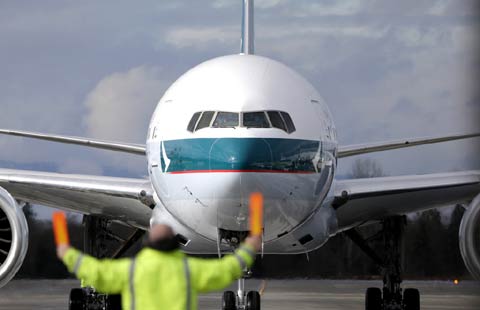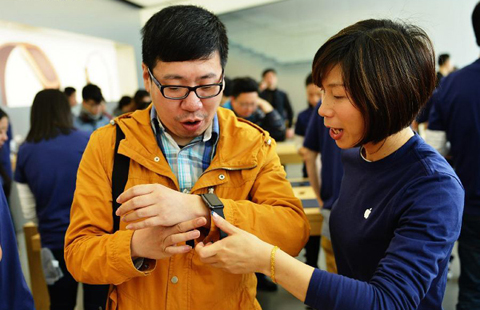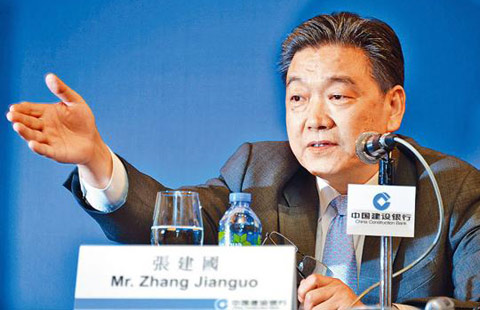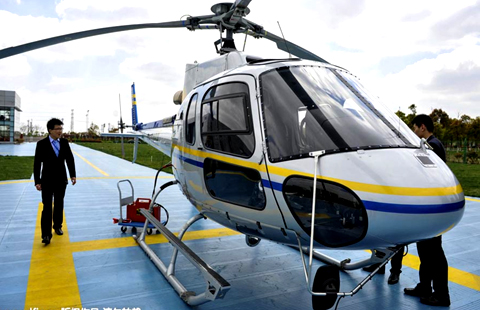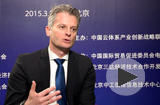Bond rules eased for 'key' investment sectors
By ZHENG YANGPENG (China Daily) Updated: 2015-04-10 09:13
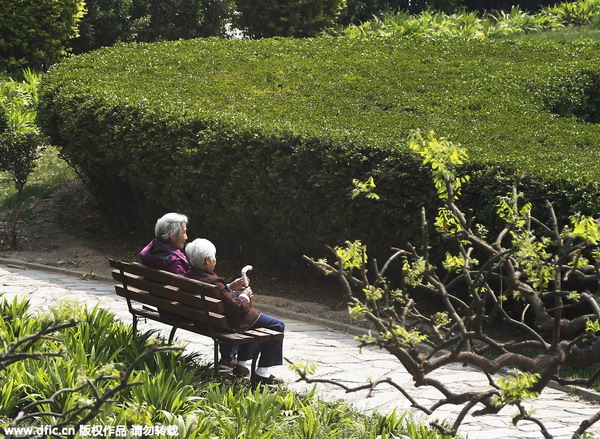 |
|
Elderly people sit on a bench at a park in Beijing, March 2014. [Photo / IC] |
Luo Guosan, deputy director-general of the investment department of the NDRC, said in January that the "seven key investment sectors" clearly indicate China's direction for future investment.
He denied a report by Bloomberg News that China is accelerating 300 infrastructure projects valued at 7 trillion yuan ($1.1 trillion) this year, saying that it is difficult to give a number.
SOEs that are not listed on any stock exchange were previously subject to stringent conditions when they sought NDRC approval for bond issues.
For example, SOEs in the urban construction sector faced an upper limit on bond issues. But such companies do not face any ceiling now if they invest in senior-care facilities, and guarantee requirements were also loosened.
"This policy easing is apparently intended to stabilize growth," said Sun Binbin, an analyst at China Merchant Securities Co Ltd.
Song Weijian, an analyst at China Credit Rating Co Ltd, said the loosening is "selective" rather than "across the board", so it should not lead to a glut of corporate bonds.
Further, a key document issued in October tightened controls on debt issues by local government financing vehicles. The latest measures will ease the situation and reduce the liquidity risk of LGFVs.
"The new moves could also draw more private capital into these government-supported sectors," Song said.
- Bond rules eased for 'key' investment sectors
- Tech company may default on bond principal
- Sovereign Islamic bond issued in HK generates wide response
- Local govt vehicles' bond sales at 3-yr low
- China's local govt bond market to develop further in 2015: Moody's
- Yuan bond markets to grow in 2015: Moody's
- China Q1 foreign trade dips 6%
- China-DPRK border tourism reopened
- Bosch gears up for Internet connectivity
- Chinese-invested Bayon Airlines extends wing to Cambodia
- Investors to subscribe shares of 30 Chinese companies
- Out with stir fry, in with real business nous
- Learning to change, adapt and engage
- Self-driving vehicles expected on roads in next few years
